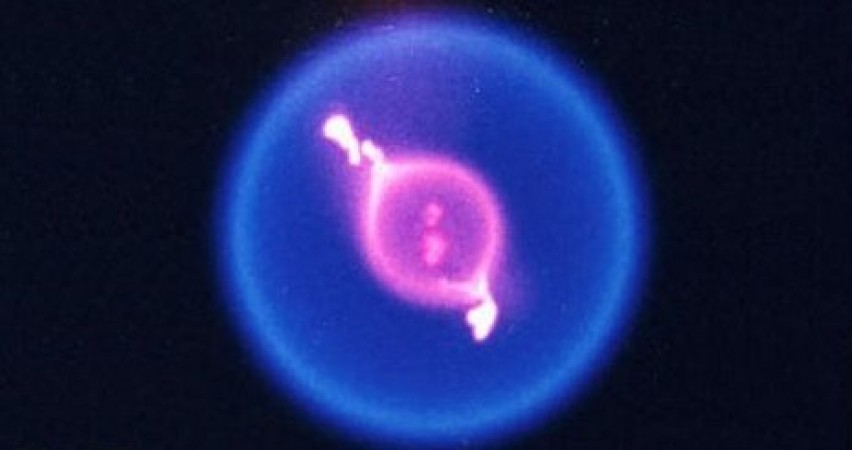
In the vast expanse of the cosmos, where the rules of nature often take on an entirely different dimension, one might wonder: Can fire really exist in the vacuum of space? We are accustomed to thinking of fire as a terrestrial phenomenon, reliant on oxygen and Earth's atmospheric conditions. However, the universe has its own set of rules, and fire, it turns out, can persist even in the harsh conditions of outer space.
Before we delve into the enigma of fire in space, let's start with the fundamental equation of fire on Earth. Fire, as we know it, requires three essential components, often referred to as the "fire triangle":
Fuel is the substance that undergoes combustion. It could be anything from wood and gasoline to paper and hydrogen. On Earth, we have an abundance of various fuels.
Oxygen is the oxidizing agent that sustains combustion. The Earth's atmosphere contains approximately 21% oxygen, which is crucial for most fires to ignite and burn.
Heat is the energy required to raise the temperature of the fuel to its ignition point. It's the spark that initiates the combustion process.
When these three elements come together under the right conditions, fire is born.
In the vacuum of space, one component of the fire triangle is conspicuously absent: oxygen. Space is a near-perfect vacuum, devoid of any significant atmosphere. So, how can fire exist where there's no oxygen to sustain it?
Fire, as we understand it on Earth, primarily relies on chemical combustion. However, the absence of oxygen doesn't mean the absence of all oxidizing agents. In space, fire takes on a different form, known as "cold flames" or "cool flames." These flames occur through chemical reactions between substances that don't require atmospheric oxygen.
So, what is the formula for fire in space? Instead of the traditional fire triangle, we have a modified equation:
In space, fuels can include substances like hydrazine, which contains its own oxygen, or other oxidizers like hydrogen peroxide. When these fuels come into contact with a suitable heat source, they can ignite and create flames, albeit at lower temperatures compared to terrestrial fires.
In space, generating the necessary heat for combustion is no small feat. Without an atmosphere to conduct heat, flames must rely on radiation or localized heat sources such as electrical sparks or combustion chambers in spacecraft engines.
Understanding space fire is not just a matter of scientific curiosity. It has significant implications for space missions, especially those involving spacecraft, space stations, and future missions to other celestial bodies. Researchers are actively studying space fire to develop safer and more efficient propulsion systems, as well as to ensure the safety of astronauts in the confined spaces of spacecraft. While the formula for fire in space may differ from the familiar fire triangle on Earth, it's a testament to the adaptability of nature's laws. In the void of space, where oxygen is scarce, fire finds a way to persist through alternative chemical reactions. This intriguing phenomenon continues to captivate scientists and engineers alike, pushing the boundaries of our knowledge and exploration of the cosmos. As we venture further into the unknown, the flames of discovery continue to burn brightly, illuminating the mysteries of the universe.
US President Biden Applauds Launch of India-Middle East-Europe Economic Corridor (IMEC)
World Leaders At Official Dinner, Lunch: G20 Summit: 'All-Veg' Menu—Check List